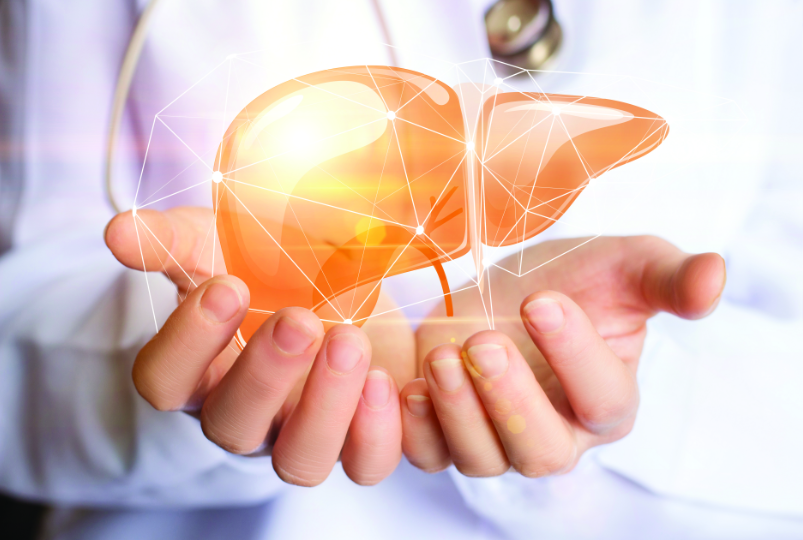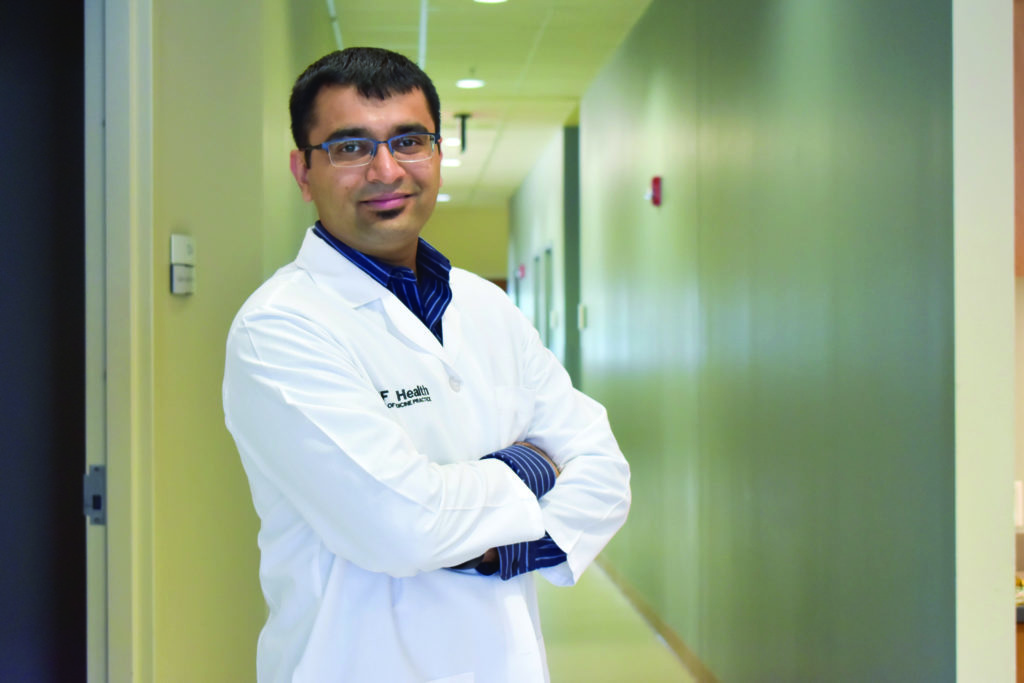You may have heard the term “fatty liver disease.” However, many patients are unware of the details of the disease, even though it’s very common and affects more than 3 million people a year in the U.S. alone.
In short, fatty liver disease is the buildup of excessive fat deposits in the liver, which leads to inflammation and occasionally long-term scarring (also known as cirrhosis of the liver). There are two different processes that contribute to fatty liver disease: alcoholic and nonalcoholic. Although they are different conditions, both can be serious if left untreated, and both stem from different lifestyle choices.
Alcoholic Fatty Liver Disease
The big difference between alcoholic and nonalcoholic fatty liver disease is that alcoholic liver disease (ALD) is caused by excessive alcohol consumption rather than diet. Patients with early stage ALD can usually reverse the damage by stopping all alcohol consumption. Patients who continue to drink alcohol will experience worsening symptoms, like severe abdominal pain, fluid buildup in the abdomen (ascites), increased risk of infections, cirrhosis and liver cancer (hepatocellular carcinoma), and they can develop more serious health issues.
Nonalcoholic Fatty Liver Disease
Nonalcoholic fatty liver disease (NAFLD) shares the same symptoms as ALD but alcohol does not play a major part in the development of this type of liver disease. NAFLD is linked to obesity, high blood sugar and high levels of fat. Those with Type 2 diabetes have a higher risk of developing this disease. Alcohol consumption can hasten the disease progression in NAFLD.
NAFLD can affect any age group, but it is most common in older people and people who are overweight. Just as ALD, patients with NAFLD can develop more serious health problems, like cirrhosis and hepatocellular carcinoma (HCC), if left untreated.
A Growing Number of Cases
The number of patients with NAFLD has been increasing in the U.S. It is the growing cause of many chronic health problems, including chronic liver disease, which can be life threatening. Experts believe the reason for this is the excessive consumption of calories and sedentary lifestyle. Some of the early signs of fatty liver disease is abnormal liver function tests, abnormally low LDL cholesterol level or low platelet counts.
The best way to prevent the NAFLD is to eat healthy. The disease stems from lack of exercise and excessive calorie intake, so a good diet and active lifestyle is crucial for preventing it.
Talk to Your Doctor
In order to prevent all types of fatty liver disease, you should talk to your doctor about your lifestyle choices. He or she will be able to give you advice on diet and alcohol consumption to best equip you with the tools to avoid these diseases.
If you believe you may have developed fatty liver disease, ask your doctor about the right treatment options for you. It’s important to tackle the disease head-on before it progresses into something worse.



 Dr. Vishwas Vanar is a board-certified gastroenterology and hepatology specialist. He treats patients at UCF Health’s East Orlando and Lake Nona locations.
Dr. Vishwas Vanar is a board-certified gastroenterology and hepatology specialist. He treats patients at UCF Health’s East Orlando and Lake Nona locations. 
Comments